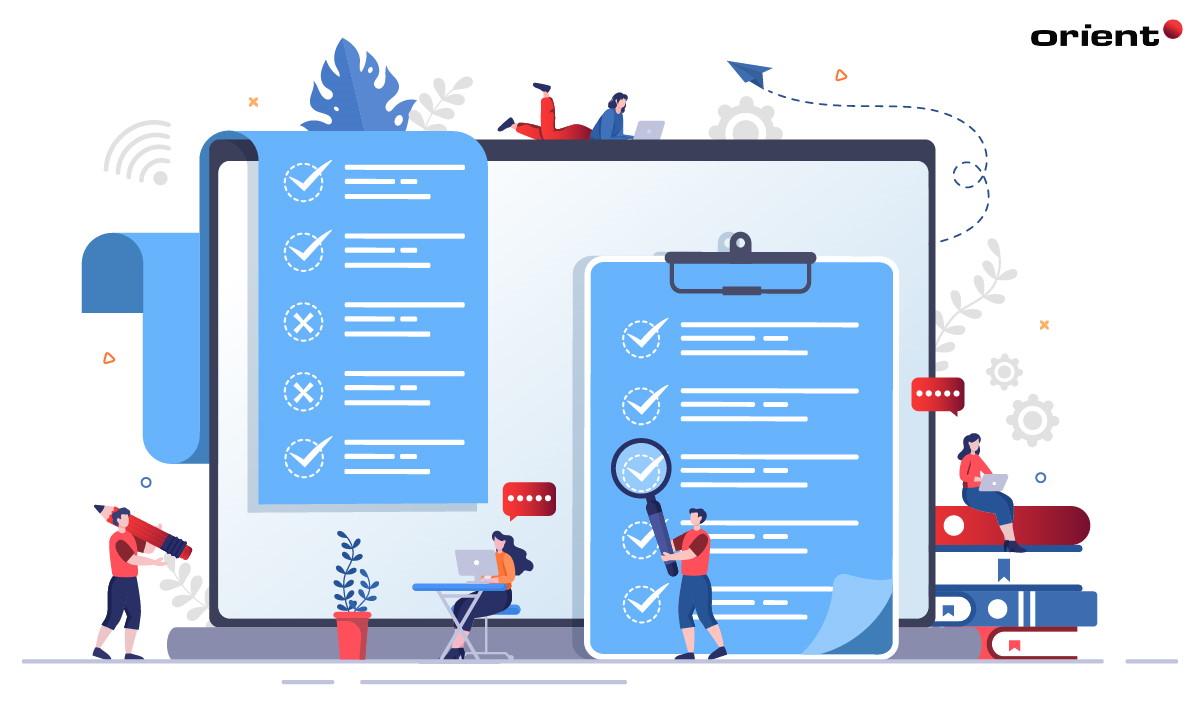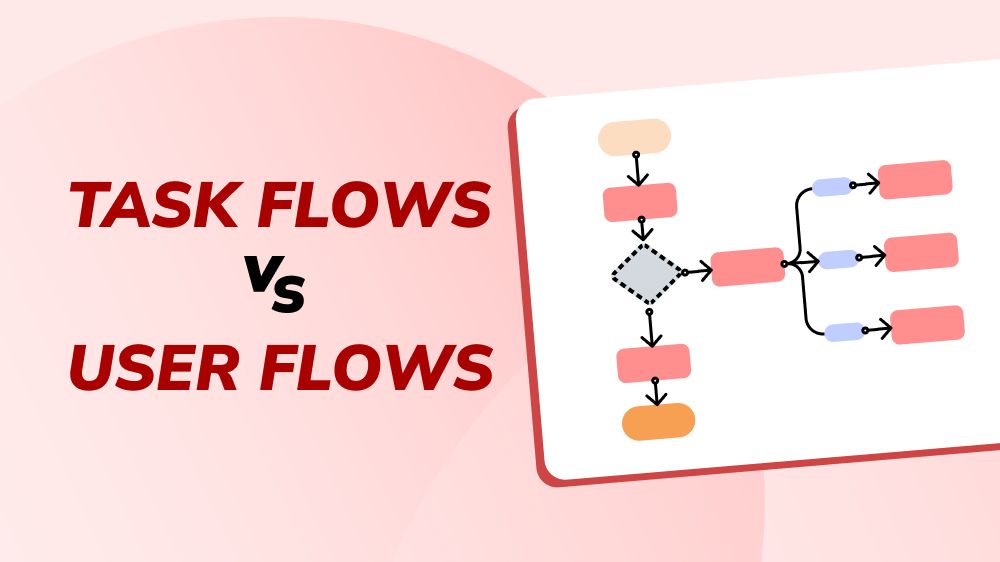Software Development Metrics: What They Are, How They Work, And Choosing the Right Ones

Content Map
More chaptersSoftware development metrics are an effective way to measure different Key Performance Indicators (KPIs), which determine the success of a software development project. These metrics relate to many aspects of a Software Development Lifecycle (SDLC), such as code volume and complexity, testing quality and comprehensiveness, software stability, and customer satisfaction. Choosing the right metrics to measure and making sure those metrics link directly to your overarching business goals, is vital to getting the most out of a software development metrics strategy.
Why Do Software Development Metrics and KPIs Matter?
There are many people, and many moving parts, in a software development lifecycle. Project managers. Designers. Coders. Programmers. User experience specialists. Testers. Quality assurance. Technical support. And so forth. Each team member has their own role to play, their own contribution to make, and their own way of doing things.
Together, the combined output of each team member, whether their contribution is big or small, has a huge impact on the quality of the final product. Without having a system in place, one designed to measure the performance of each task in the SDLC, this can lead to a team making uninformed decisions as the result of guesswork, vague estimates, and unforeseen problems creating roadblocks in the pipeline, causing delays and setbacks.
To avoid these problems, experienced software development teams know what to do. They know what metrics to track, how to track those metrics, how to choose the right metric tracking tools and technology, when to stop tracking unnecessary metrics, and how to convert software engineering metrics into actionable insights.
By having a clear-cut roadmap, one that clearly outlines what milestones to track and report on, software development teams have an easier time knowing what works, what doesn’t work, and what can be changed to achieve better outcomes.
Main Software Development Metrics to Track
The most common software metrics to track relate to coding, productivity, testing, software stability, and customer satisfaction. These category metrics can be broken down into subcategory metrics.
For example, the coding metric category can be further broken down into subcategories like Lines of Code (LoC), Instruction Path Length (IPL), and code complexity. Measuring even the finest of metrics can help reveal valuable insights, the kind of insights that can lead to better performance, better security, better stability, and a better user experience.
Coding metrics
These metrics are used to evaluate software quality, stability, and consistency of code. Quality code is clean, easy to read, does what it sets out to do, and is easy to scale if the project calls for it. Stable code delivers smooth software performance metrics, can handle multiple tasks at once, and does not buckle even under intense pressure. Meanwhile, consistent code is written in a way that matches the coding principles of the whole development team, making it easier to spot and resolve faults, bugs, and inconsistencies.
Developer productivity metrics
Also known as operational metrics, developer productivity metrics determine how much time and effort an individual uses to complete their tasks. They help assess what a team member is doing, how long they should – theoretically – take to complete a given task, and then compare their time and effort spent with the industry standard. For example, a coder’s performance may depend on the number of LoC they produce. However, code volume alone is not indicative of a productive coder. Other factors, such as cycles and lead times, should also be considered to get an accurate, big picture overview of overall team productivity.
Testing metrics
Software testing metrics help a development team better understand the effectiveness of their testing measures. These metrics can be applied to automated and manual testing. They may outline what kind of tests to carry out, the software performance metrics for each test, the tools and technology used for each test, and the estimated time and labor required to complete each test.
For automated testing, there may be a benchmark that sets out the maximum possible amount of acceptable bugs and faults to be present in a software application – before it is no longer considered compliant. Another testing metric may be that the software application must load within a certain amount of seconds before the app is considered too slow for the average user.
Stability testing
Stability testing metrics relate to how stable and reliable a software application is under normal systems operations. The purpose of stability testing is to uncover potential bugs, faults, and issues in a software application which may impact a user’s safety, privacy, and enjoyment of the product.
Two of the most prominent sub-categories in stability testing are Mean Time Between Failures (MTBF) and Mean Time to Recover (MTTR). MTBF is the estimated elapsed time between the inherent failure of a software application, while MTTR estimates the average time required to fix and repair failed software. When combined, these metrics give software development teams a better idea as to how reliable the software is, what circumstances lead to potential software failure, and what can be done to prevent those failures altogether.
Customer satisfaction
Customer satisfaction metrics relate to how successfully a user interacts with a software application. Can they easily find the features, functions, and information they need to use the software properly? Do they run into any issues that prevent them from interacting with the software in the manner that it was intended for? If so, what are those issues and how can they be resolved?
These are the kind of questions to ask, and find answers to, when measuring customer satisfaction metrics. Experts in User Interfaces and the user experience will play a significant role in establishing customer satisfaction metrics, as they are most qualified to know what the user experience should be like and what the most appropriate design is for the software application in question.
Choosing the Right Metrics for the Software Development Process
With so many software development metrics to choose from, it can be tough to know which ones are most relevant to your project. Typically, these decisions are made by the software development team, who will draw from their project management skills and past experience on similar projects to track and measure the right metrics. Here are some of the guiding principles an experienced software development team will follow when choosing metrics.
Link Software Metrics to Goals
Good software development teams take the time to create goals that relate specifically to a client’s project. Then, they will come up with metrics that link directly to those goals. For example, a project goal may be to increase customer satisfaction by 20 percent. This could be achieved by establishing metrics that relate to the performance, usability, and reliability of the software. The more often these metrics are met, the easier and more reliable the software will be, thus resulting in more satisfied customers.
Link Individual Metrics to Overarching Trends
Good software developers know not to judge metrics on their own. They consider various other factors. Such as the industry standards for a given performance metric, user expectations, and more. Even if one particular metric does not meet a predefined standard, outstanding performance in other fields may reduce the impact or severity of a lower performing metric.
Good developers also track how metrics change and evolve over time. For example, it is common for coders to produce a lot of ‘code churn’ (the amount of times a specific piece of code has been changed) at the start of software development projects, but then the churn settles down as development teams progress.
Stop Tracking Unhelpful Metrics
After a certain period of time, good software developers know when to stop tracking specific metrics. These are metrics that, while they may appear useful on paper, don’t relate to the overarching goals of the project.
They may also be metrics that are staying consistent throughout the duration of the project. This means there is not much value in reporting the same metrics week after week and time is better spent elsewhere. By removing unhelpful metrics, the team can shift their focus towards metrics that they can actually change to produce more meaningful outcomes.
Better Metrics, Improved Software Quality

Software development is a complex beast. Building a software application from scratch requires a lot of time, money, and resources. So, it stands to reason that putting measures in place to track progress makes sense. It gives clients and stakeholders peace of mind that their project will be delivered on time, within budget, and at a standard that meets their expectations. Furthermore, these measures can help give software development teams a better understanding of how they work; what does work, what doesn’t work, what can be done better, and what can be changed now to deliver the best possible results for the client.
Fortunately, by incorporating the right software development metrics into a project, these outcomes – and more – are definitely possible. Just make sure to pick a software development team that knows how to track the right metrics, that knows how to communicate progress updates to you – in a clear, easy to understand way –, and that knows when to change course if a given metric is no longer worth tracking. The result? A smoother software development process and higher software quality for the client.







